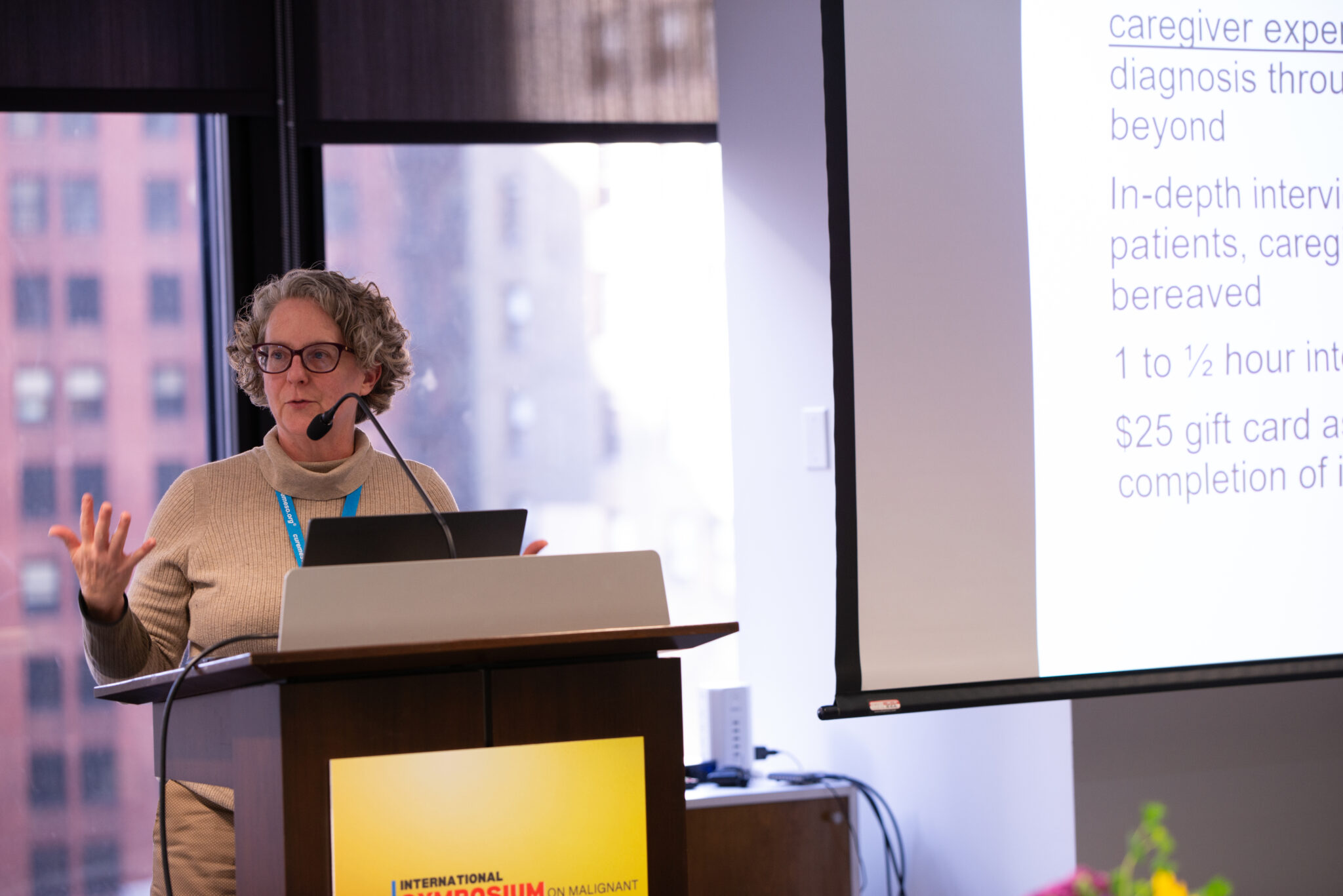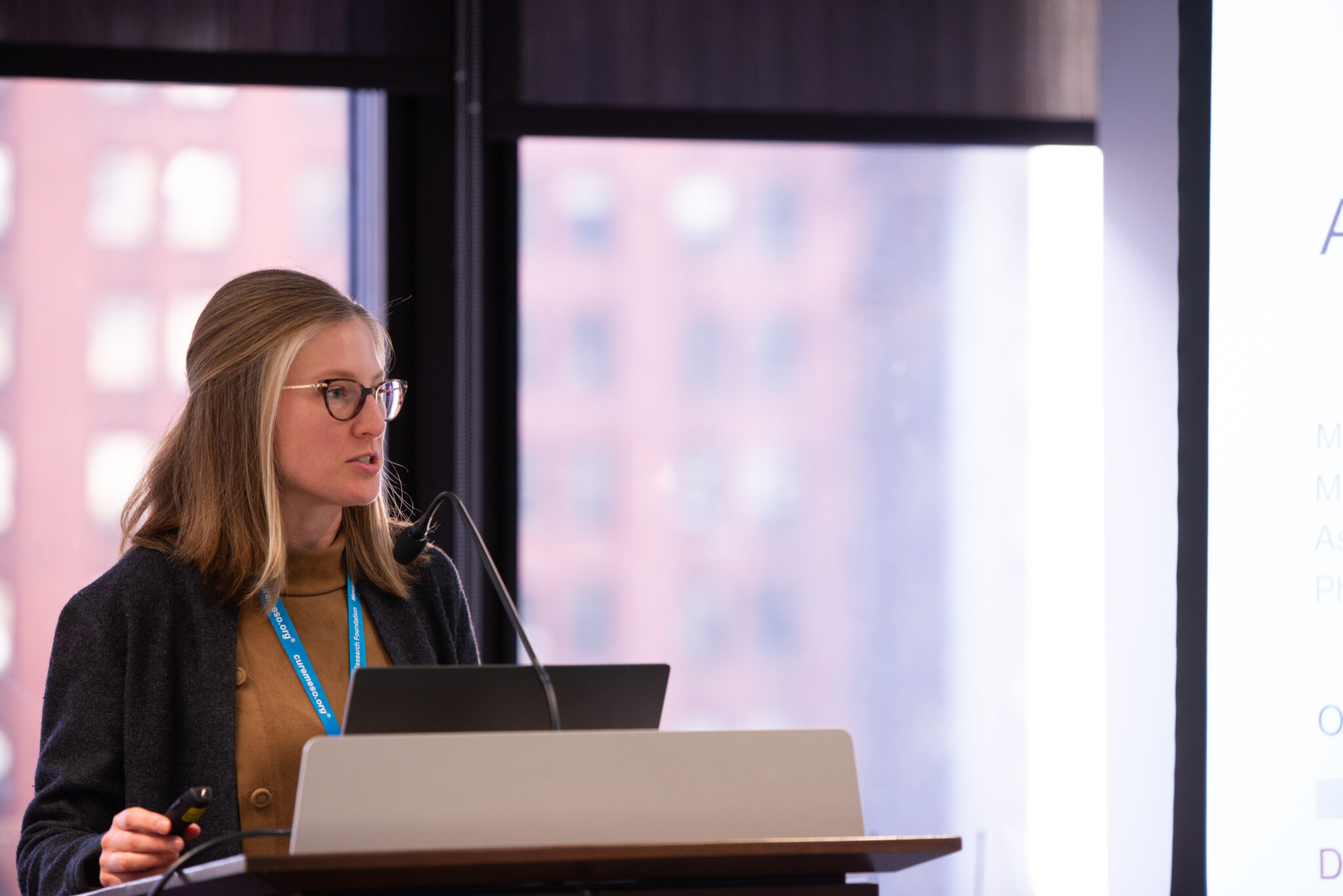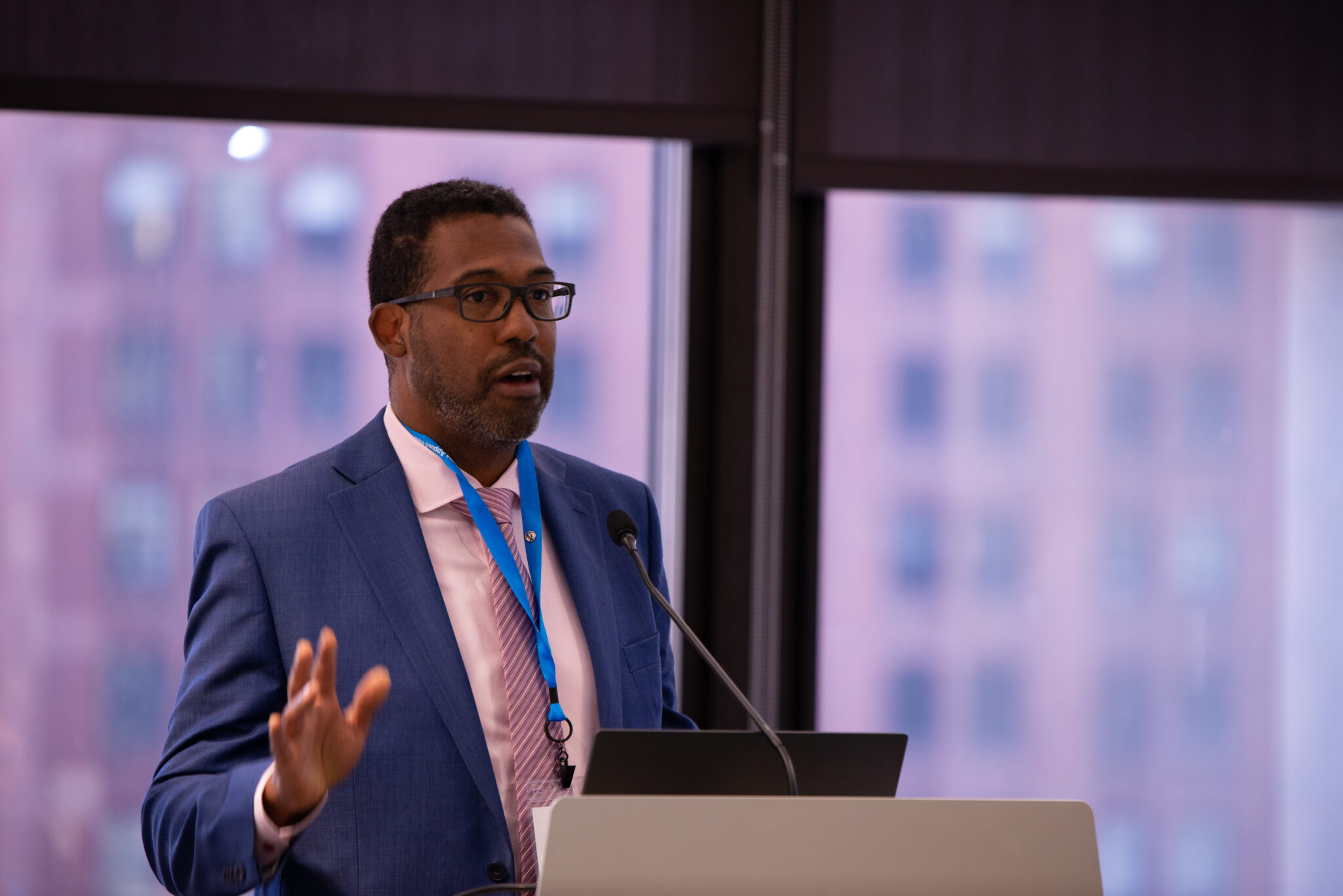by Christopher Graham
My now-wife and I went home to New Orleans for Mardi Gras in the spring of 2016, right at the beginning of February. My dad and I have been riding in parades since I was a senior in high school. I’ve missed a few years here and there, but I think my dad is now past the 20-year mark, at this point. Everyone who’s not from New Orleans thinks Mardi Gras is a huge drunken orgy, basically. And I suppose it can be, if you hang out on Bourbon street with all the tourists. The locals, though, are all uptown, watching the parades roll down the beautiful, Oak-lined streets of St. Charles Avenue. They bring out their kids and their parents and grandparents. People will camp out for days just to get a good spot to watch the parade. I always make a point to throw beads to the little old ladies sitting in their folding chairs, who can’t get up and come beg for stuff with the rest of the crowd. And the little kids get all the stuffed animals. That’s how it works. We’re part of Endymion, one of the largest Mardi Gras parades in New Orleans.
Anyway, I still remember the first night on that trip. It was quite possibly the worst night of sleep of my life, up until that point anyway. I couldn’t sleep, at all. My right flank was just killing me. There was no way to get in a comfortable position, and I was tossing and turning all night. That morning, I felt nauseated like I usually did when these things happened. I started steroids in the morning, and by later that afternoon, I felt fine again. We did the Mardi Gras thing – ate some good food, had some good drinks, threw people some beads, and generally had a grand old time.
In addition to being one of the last things I did before the diagnosis (and therefore the last time this wasn’t ever-present in my life), Mardi Gras of 2016 was in many ways one of the most meaningful parade rides I’ve ever had, too. The man who got us into the Mardi Gras thing was a guy named Tim Coffey. He was my dad’s right hand man at the hospital for what seemed like, well, forever. I first met Tim when I was a high school student. And so, being from the south, he was always Mr. Tim when I addressed him. Never just plain “Tim,” and certainly never something stuffy like “Mr. Coffey.” No, his name was Mr. Tim. Over the years he became like an uncle. And in just about all the ways that actually matter, he was more an uncle to me than my biological uncles. He took my family to our first Mardi Gras parade when we had just moved to the New Orleans area. He taught me the only proper way to eat at a parade – Popeye’s chicken and Randazzo’s king cake. We’d have long discussions about healthcare, and hospitals, and the different ways that I saw things as a physician, versus how he and my dad saw things as healthcare executives. We talked about SEC football, and the Saints. He introduced me to classic southern drinks like Old Fashioneds, and Sazeracs. He was my very dear friend.
So, you can imagine that I was rather dismayed the day my dad called me up to tell me Mr. Tim had pancreatic cancer. He drew the genetic short straw, it turned out. Mr. Tim had a condition called Lynch Syndrome. Basically, it’s a problem with your DNA repair mechanisms, and when cells divide, the proteins that are supposed to inspect and fix the DNA matching errors don’t work right. So you get DNA mutations. A lot of DNA mutations. In the real world, the consequence of this are that you have a hugely increased risk of colon cancer (as well as other types of cancers).
Well, Mr. Tim had already beaten colon cancer when he was younger. No one was sure if the pancreatic cancer was related to the Lynch Syndrome, though we suspected it might be. And if you didn’t already know this, pancreatic cancer is one of the bad ones. There are other cancers that are just as aggressive, maybe even more aggressive. But the pancreas is in a spot where there’s plenty of room for things to grow before they cause symptoms. The real problem with pancreatic cancer is that, almost always, by the time you detect it, it has already spread. The most common presenting symptom is painless jaundice (your skin and whites of your eyes turn yellow, but it doesn’t hurt). At that point, that means the cancer has already grown outside of the pancreas and into the undersurface of the liver resulting in obstruction of parts of the biliary tree. In medical school, they teach us that painless jaundice is pancreatic cancer until proven otherwise. Unfortunately, we couldn’t prove otherwise in Mr. Tim’s case. So he went out and found some clinical trials and started treatment.
Two weeks later he was golfing again. And he looked great! Treatment was going well. All of his labs were looking good. They were hopeful they might even be able to shrink the tumor and then try to take him to surgery. If they could do that, and get everything out at the surgery, he might do really well. Maybe even be cured. I realized these were not likely probabilities, but just like anyone who has a loved one who gets ill, we hope against incredible odds for a miracle. Even doctors, it turns out.
I tell you all of this because he was there at Mardi Gras that year. I had the chance to talk to him about everything he was going through. I nearly started crying when I told him how sorry I was that he was dealing with such a shitty diagnosis. Mr. Tim laughed it off, told me not to worry, and told me – and I’m paraphrasing a bit here – that he wasn’t particularly thrilled with it either, but what are you gonna do? I considered this for a while, and while I still didn’t like what was happening, I got the sense that Mr. Tim had somewhat come to terms with everything, and that he wasn’t going to let a little thing like a life threatening illness slow him down. He was going to continue to live his life. He was on the float, drinking beer and smoking cigars with the rest of us. Throwing beads to the screaming hordes of drunken revelers. Partying until all hours of the morning at the extravaganza after the parade. In short, he was out seizing the day. He had decided to “laissez les bons temps rouler” – to let the good times roll, as we say in New Orleans. And so I decided that, if and when I ever got sick, well, I was going to be like Mr. Tim.
What I didn’t know was how soon I was going to have to put that decision into action. We got back home from the trip, and as soon as I stopped taking the steroids, the right sided flank pain came back. And this time, it was back with a vengeance. A few days after we got back, the pain became even more localized and I developed swelling and tenderness in the right lower quadrant. I still tried to go to work that day. There’s a very macho attitude towards work in medicine, for better or for worse. The saying I’ve always heard is, “we either round with you, or on you.” You had better be pretty damned sick, basically, to miss a day of work.
But I couldn’t hide the clammy skin, and the low-level sweating from the flank pain. I’m pretty sure I looked like I was on death’s doorstep that day. The attending radiologist I was working with that day noticed that I didn’t look so hot, so I told him what was up. He heard my story, and then he immediately said something to the effect of, “Dude, you’re a doctor. Go to the emergency room!” I kind of knew I needed to, but… ugh. I’d be there forever just waiting to be seen, and what a waste of time that would be. Plus, was this really emergent? But it really hurt. And I figured I needed to at least exclude appendicitis. Fine.
Continue reading in the next installment by Christopher Graham here: Chapter 1 | Part 3: Well, it’s not Crohn’s Disease
Read the previous installment by Christopher Graham here: Chapter 1 | Part 1: A Doctor Surrounded by Doctors Yet Still Undiagnosed




